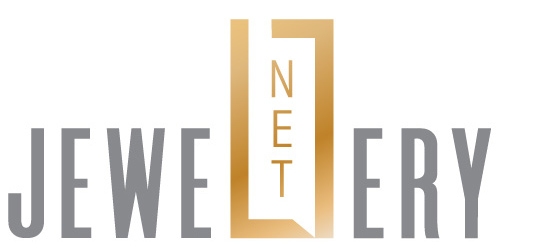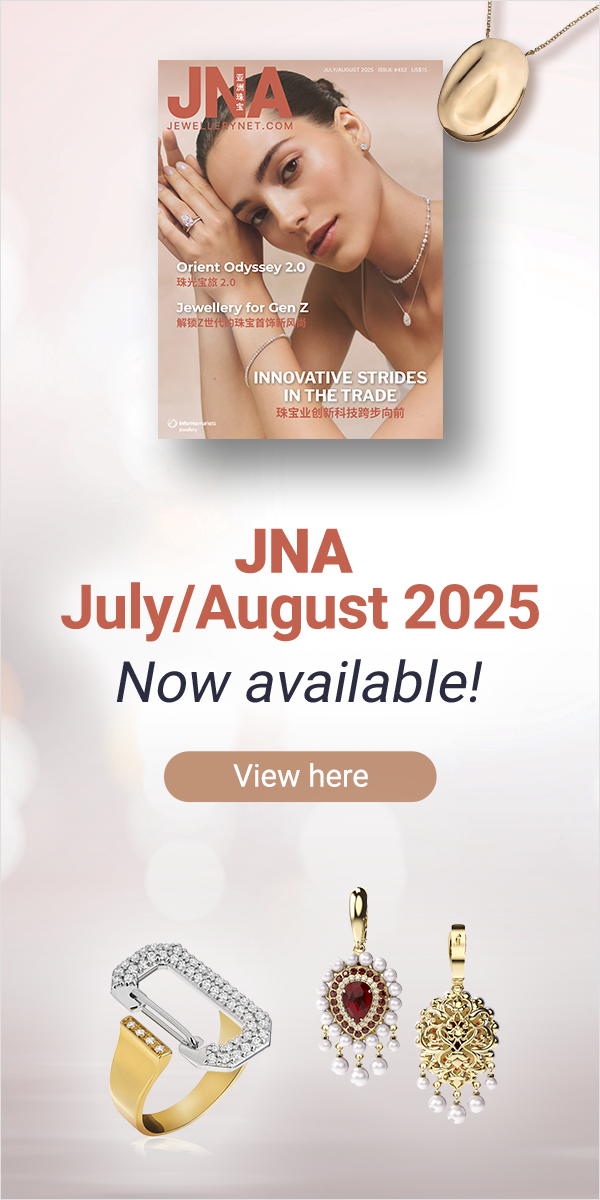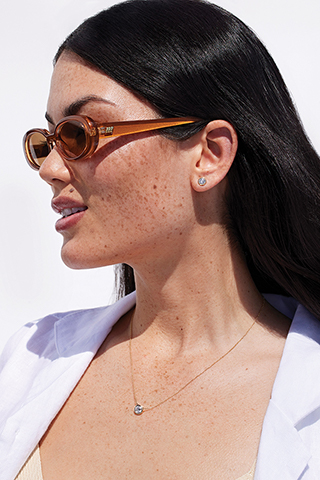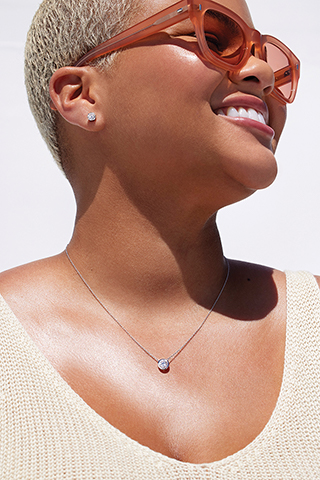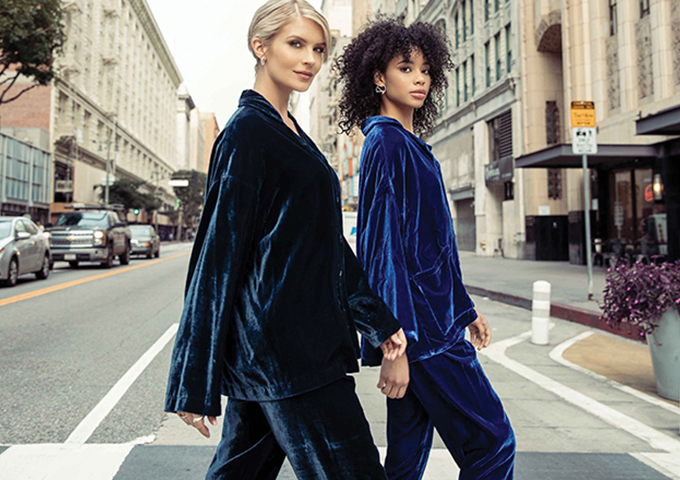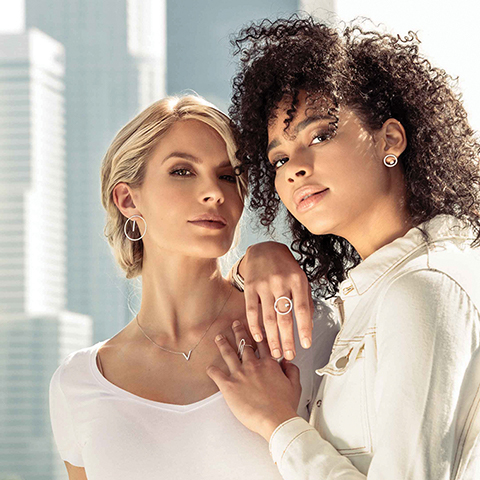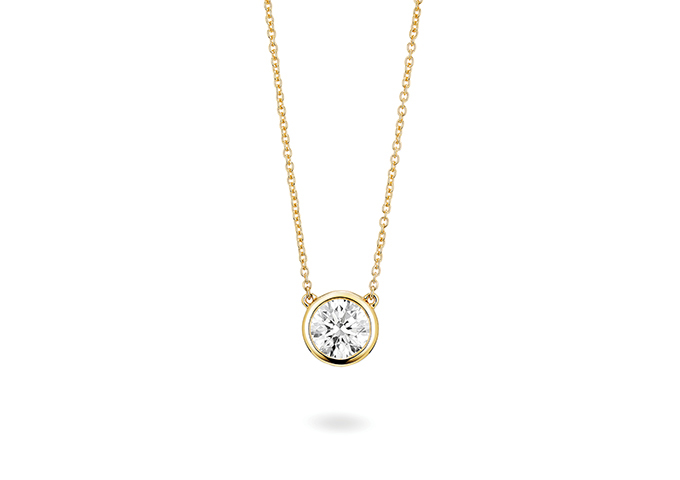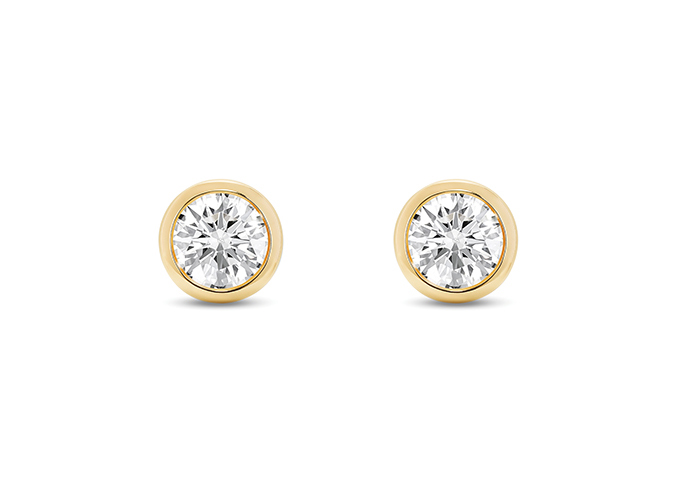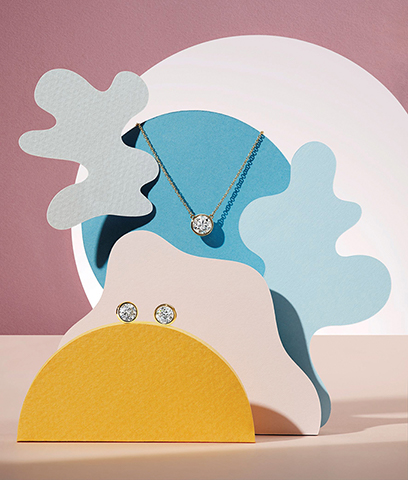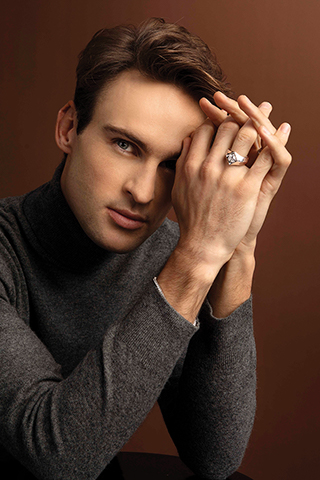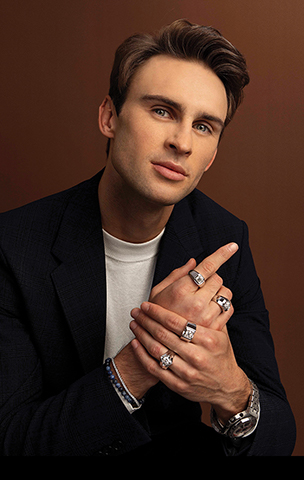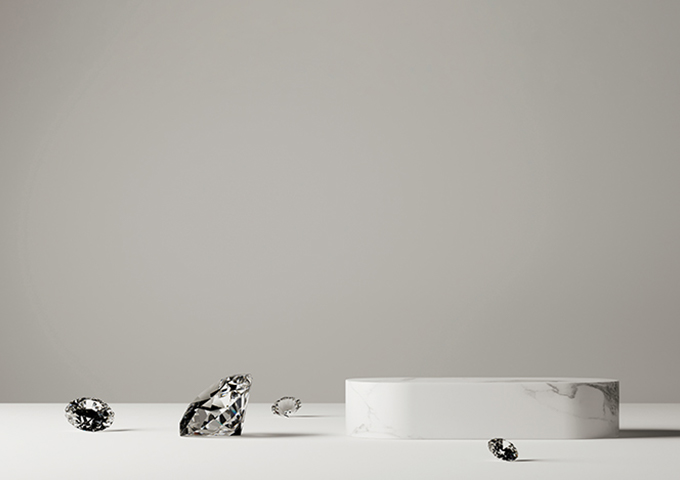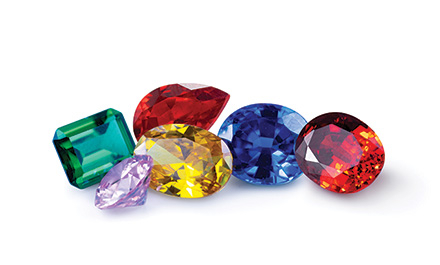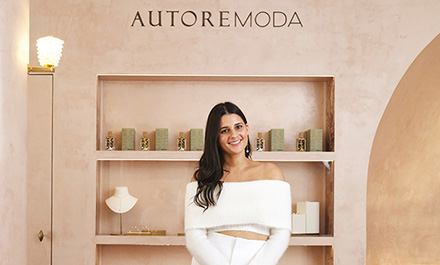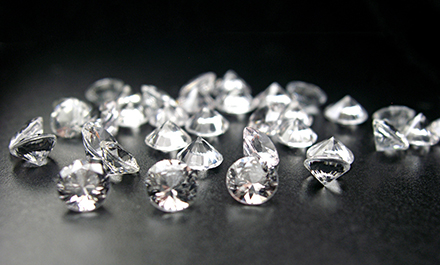Lab-grown diamonds are making significant strides in the market as their value-for-money proposition, relevant social narrative and attractive branded designs endear them to modern consumers.
This article first appeared in the Lab-Grown Diamond Special, May 2022.
The lab-grown diamond (LGD) industry is growing by leaps and bounds as the product’s narrative of sustainability, flexibility and innovation resonates with more consumers around the world.
Industry analyst Paul Zimnisky forecasts that the lab-grown diamond jewellery market will almost double in size by 2025.
In a press release issued in October 2021, Zimnisky said, “Estimated lab-diamond production for use in jewellery has grown from just a few hundred-thousand polished carats per annum as recently as four years ago to almost three million polished carats in 2021 worth almost US$2 billion, representing an estimated mid-to-high single-digit percentage of the total global polished diamond market. The figure is forecast to grow to almost US$4 billion by 2025.”
Liz Chatelain, president of market research and consulting firm The MVEye, estimates that lab-grown diamonds currently constitute around 8 per cent of the global diamond market.
“Large sizes of lab-grown diamonds with consistent quality are in demand across markets. Coloured LGDs are also much sought after. ‘As Grown’ stones, which did not undergo any post-growth treatment or colour enhancement, are also favoured and becoming a differentiator in the retail space,” Chatelain revealed.
While the US is arguably the largest market for LGDs at present, Australia, India, China and Europe are seeing the most growth in demand, she said.
Zulu Ghevriya, CEO of lab-grown diamond jewellery brand Smiling Rocks, agrees. Demand for LGD jewellery is soaring in the UK and Australia, while Japan and South Korea have started to take notice of the product category, he points out.
“Asian markets traditionally believe luxury should be a high-value asset. Modern consumers in Asia are however now seeing lab-grown diamonds as a luxury option and appreciate what they represent,” said Ghevriya.
Product appeal
Consumer awareness and acceptance is driving the growth of the LGD category, Chatelain noted.
In 2010, only 9 per cent of consumers in North America polled by The MVEye were aware of lab-grown diamonds. This grew to 16 per cent in 2012, 21 per cent in 2014 and 30 per cent in 2016 before jumping to 58 per cent in 2018 and soaring to 80 per cent in 2020.
Several factors contributed to the growth of acceptance of LGDs, said Chatelain. Over the years, retailers increasingly embraced the category as it offered solid margins and enhanced their business alongside mined diamond items. Growing customer requests for the product also prompted retailers to stock LGDs.
Celebrity endorsements of – and in some cases, investments in – LGD brands boosted the category’s credibility and appeal among consumers. LGD demand was strengthened too by the emphasis placed by millennials and Gen Zs on anything sustainable, including LGDs, Chatelain added.
The growth in lab-grown diamond brands and their subsequent direct-to-consumer advertising likewise played a significant role in raising awareness and interest in the category.
Substantial price differentials are another potent draw. In his October 2021 release, Zimnisky said a consumer could buy a better-than-average-quality 2.15-carat lab-grown diamond solitaire for the equivalent of a 1-carat mined diamond.
“In general, the price differential between generic lab-created and natural diamonds has steadily widened in recent years – in some cases, expanding from a 10 to 15 per cent differential just a few years ago to as much as 75 per cent or more at present, with the differential being the ‘discount’ of a lab-diamond relative to a natural diamond of similar size and quality,” he said.
Cost savings was always the leading or second-highest purchasing driver for lab-grown diamonds in The MVEye research studies, Chatelain attested.
“Consumers are asking for LGDs because they either want to save money – from 30 per cent and up – or get a bigger diamond for the same amount they would have spent on a mined diamond. They are also being influenced by increasing awareness of environmental issues, sustainability and country of origin. Those issues are impacting consumer perceptions that LGDs are more environmentally friendly and socially responsible,” Chatelain explained. Diamond certification also help enhance LGD credibility in the market, she added.
Trade action
The exponential growth in demand for lab-grown diamonds has spurred brisk activity in the sector. Industry players are banding together to help expand the market, growers are outdoing themselves in developing state-of-the-art techniques to produce superior goods, and jewellery brands are rolling out fresh collections and exploring new niches.
The International Grown Diamond Association (IGDA), founded in 2016, has assembled a dynamic team of industry leaders to help chart its strategic and tactical priorities. Stakeholders voluntarily serving in IGDA’s International Leadership Committee include Lusix Vice President of Business Development Daniel Kahn, Lumex CEO Vishal Mehta and Joy Colori Founder Irene Hsieh.
Richard Garard, IGDA founder and president, said the non-profit association aimed to be a diverse and international organisation and a voice of authority for the lab-grown diamond industry.
IGDA’s priorities are to grow global consumer membership particularly among jewellery retailers, offer retailer training programmes to help them increase lab-grown diamond sales and provide consumer marketing support for retailers that want to educate the public about the category.
Leadership committee member Charlotte Daehn, director of communication for Parisian lab-grown diamond jewellery brand Courbet, said, “The lab-grown diamond is the gemstone of the next generation and deserves to be presented with transparency, honesty and objectivity. With the rapid growth of the lab-grown diamond market, strengthening IGDA has become a necessity. With this international leadership committee, we aim to disseminate effective tools for the industry and clear messages for consumers.”
Hong Kong jeweller Chow Sang Sang Group has meanwhile has created an e-commerce site to sell branded lab-grown diamond jewellery direct to consumers. Run as a separate entity from the Chow Sang Sang network, The Future Rocks platform features lab-grown diamond jewellery brands from the US, the UK, Israel and Japan, among others.
Brand expansions
The LGD space comfortably accommodates brands – both established players expanding into lab-grown diamonds and dedicated specialists that weave engaging brand narratives that are centred on modern romances and sustainability.
Pandora introduced a lab-grown diamond jewellery collection in the UK in May 2021 after announcing that it would no longer use mined diamonds in its pieces. With a reimagined infinity symbol as its main motif, Pandora Brilliance comprises rings, bangles, necklaces and earrings, each with a single lab-grown diamond hand-set in silver, yellow or white gold.
In Pandora’s teleconference on its Q1 2022 results in early May, CEO Alexander Lacik said the brand would expand Pandora Brilliance’s geographical footprint later in the year. “We have continued to play around with the model, in the UK in particular, focusing on visual merchandising, distribution and assortment variations. The learnings are very valuable as we get ready for further market entries,” he disclosed.
LGDs also prove an effective vehicle for jewellery brand rebirths, particularly in France. Vever and Oscar Massin are but two French heritage jewellery brands that have resurfaced with sustainable credentials, notably lab-grown diamonds and recycled precious metals. Vever relaunched last year after a 40-year hiatus with Art Nouveau-inspired pieces, while Oscar Massin applies the famed jeweller’s design techniques and motifs to modern styles.
For its part, Lightbox launched in 2018, offering jewellery with pink, blue and colourless lab-grown diamonds priced at US$800 per carat plus US$100 for silver setting and US$200 for 10-karat gold. Today, its portfolio includes larger stones, jewellery with better-quality LGDs and even loose stones.
In August 2021, the brand started providing its pink, blue and colourless LGDs in sizes up to 2 carats. Following its standard pricing structure, a 2-carat pendant costs US$1,600 plus the cost of the setting.
Finest, its premium line, consists of 18-karat gold jewellery with VVS lab-grown diamonds in D-E-F colours made through a proprietary diamond engineering process. Finest stones are priced at US$1,500 per carat plus setting cost.
Lightbox Loose Stones sells the brand’s lab-grown diamonds at US$200 per quarter-carat, while the brand’s latest collection, Bezel, offers an additional design option.
Nick Smart, Lightbox’s commercial director, said, “From listening to our customers, we knew they were interested in larger carat weights and higher-quality stone offerings. It is really about choice and giving the consumer what they want. For instance, loose stones opened up a new purchasing category and enabled consumers to get creative and experiment with design at an affordable price point.”
Market segments
Smart believes the best opportunity for lab-grown diamonds lies in the less-than-US$2,000 fashion space, which plays to the strength of the product.
“Consumers are now more educated about lab-grown diamonds, and we continue to see strong demand across a variety of segments. Whether it is self-purchase, a repeat purchase or an everyday occasion purchase, shoppers want high-quality, transparent and accessible prices and beautifully designed lab-grown diamond jewellery,” said Smart.
Wedding-related jewellery is showing much promise as well, according to Chatelain. Since larger lab-grown diamonds are now available, consumers are increasingly considering LGDs for their engagement rings thereby driving up demand.
She revealed, “In most of our studies, respondents picked fashion pieces as the top occasion/reason to opt for LGD jewellery. But there is a definite trend in brides choosing LGDs. They could have a bigger centre stone – at least 20 per cent bigger – for the money they would have spent on a mined diamond or they could spend less for the size of the diamond they wanted.”
In The MVEye’s 2022 Next Gen Consumer Lab-Grown Diamond Market Research Report on millennials and Gen Zs, engagement rings – either centre stones or side stones – were the fourth top reason for picking LGD jewellery, followed by brides’ wedding ring/band and grooms’ wedding ring/band. Gifts for oneself and for others were the second and third leading occasions for LGD jewellery purchases, respectively.
“An April 2022 study also indicates that 24 per cent of engagement ring purchases are made with lab-grown diamonds,” Chatelain added.
More consumers are indeed saying ‘I do’ to lab-grown diamonds. Smiling Rocks’ bridal jewellery collections are among its best sellers, said Ghevriya. He is training his sights on the engagement and bridal segment this year, believing it has great potential to become a major pillar of the business.
Smiling Rocks is also making inroads in the men’s jewellery market with a collection of engagement rings in gold or platinum with 3- to 4-carat lab-grown diamond centre stones.
Bright future
Lightbox debuted as a direct-to-consumer business, and its collection used to be exclusively available to US customers on its own website. The brand now ships to 75 countries globally and has a presence at 125 stores across the US and Canada, said Smart.
“To date, growth has exceeded expectations – sales are up four times over last year and we expect they will double again this year. We are continuing to open more doors, particularly across North America and are always evaluating opportunities that will help make our product available to more people, more often,” he said.
Growing consumer demand is putting pressure on supply, prompting LGD growers to expand their manufacturing facilities.
Lusix is building a new solar-powered plant in Israel, while Diamond Foundry is investing US$850 million in a second facility, in Trujillo, Spain. Lightbox’s US$94 million manufacturing facility in Oregon reached its Phase 1 annual capacity of 200,000 polished carats at the end of 2021. Smart said the company expects to expand to thrice its current capacity in the future.
“Lab-grown diamonds are definitely here to stay. The lower price points of LGDs versus mined diamonds allow more consumers to afford diamonds. We see the pie growing, and not a cannibalisation of the mined diamond market,” said Chatelain.
